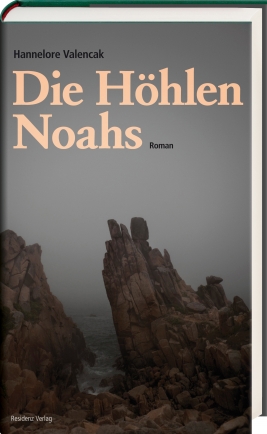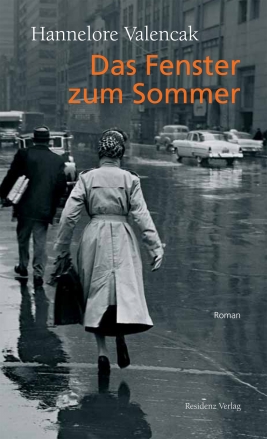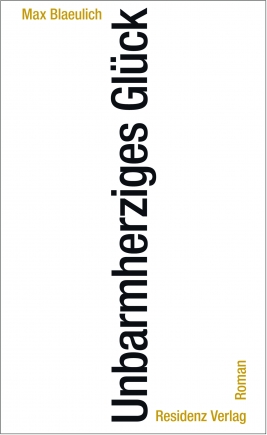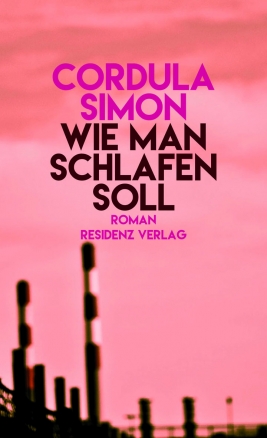
Hannelore Valencak - Noah’s caves
The end of the world is near once again. Be prepared! Read this book!
The end of the world isn’t picky. But what if you survive? Just like Martina and her little brother who are saved from the flaming inferno by a young stranger. They meet other survivors, an old man and his granddaughter, with whom they flee to the next valley. Does life end here or does it begin anew? The world beyond the mountains is dead, burnt, buried in toxic dust. What is left after the disaster is barely enough for survival, just enough for life in a cave. After they get settled in they start waiting – but for what? There is no saving ark in sight. The old man surly doesn’t believe in the future. A struggle begins – for survival, for hope, for remaining human. Hannelore Valencak creates gloomy scenarios to illustrate the world after the end of the world: even more radical than Marlen Haushofer’s “The Wall” and more relentless than Cormac McCarthy’s “The Road”.
Book details
256 pagesformat:125 x 205
ISBN: 9783701715824
Release date: 07.02.2012
License rights
- World rights available








